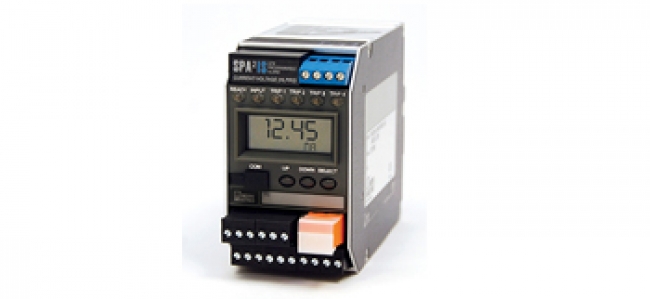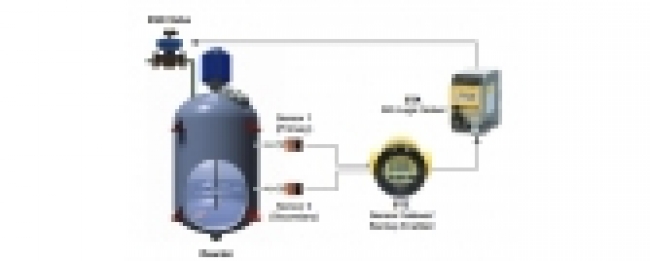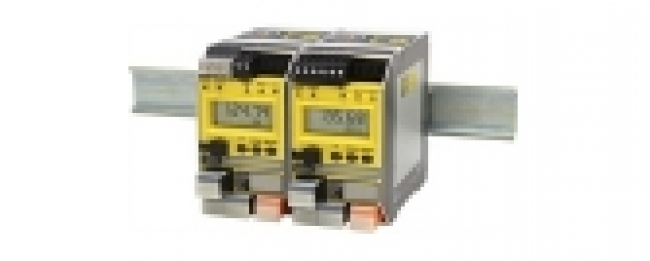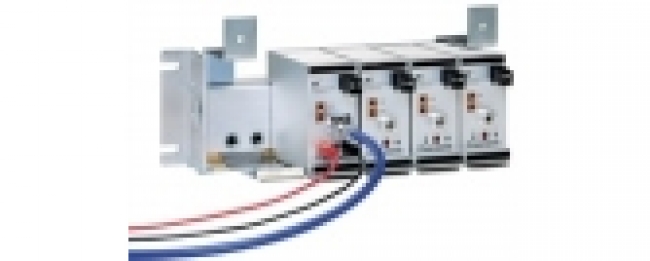Problem: When sharing one Process Variable (PV) with multiple systems, the connection needs to be thought out carefully. Creating a series connection for the 4-20mA signal is not a best practice for sharing the PV, see Figure 1. The main problem in creating a series connection is when either the DCS or the PLC input is disconnected, intentionally or by accident, both the DCS and the PLC will lose the PV signal.
Figure 1. Series Connection
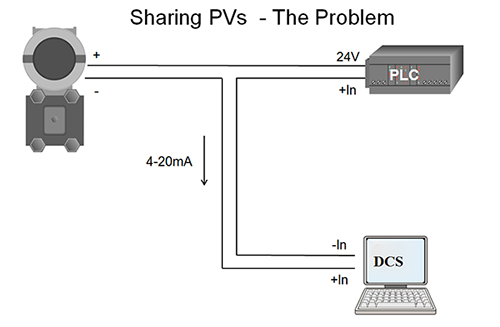
When using a series loop, other problems include:
- Two systems could have different ground potentials
- May be necessary for both systems to power the input loop
In both these cases, a series loop would result in failure.
Solution: Sharing the PV through an isolator is a good engineering practice that enhances system integrity. Consider using a single channel isolator for this application, see Figure 2. Some will call this “signal splitting” as you are splitting off the PV and sending it to the DCS. Place your splitter after the DCS.
Figure 2. Moore Industries ECT Used as a Splitter
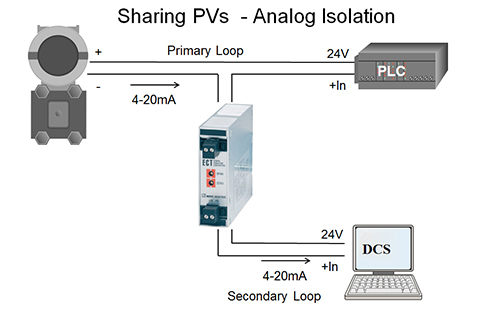
The use of the isolator defines a Primary Loop and a Secondary Loop. In this configuration example (see Figure 2), the PLC is powering the transmitter shown in the Primary Loop.
Key points to consider:
- The input of the isolator is nothing but a passive resistive load on the transmitter.
- The secondary loop is the output side of the isolator.
- This isolator is loop-powered by 24V from the DCS.
Note: By definition of Isolation, there is no conductive path between the input of the isolator and the output of the isolator, or between the Primary Loop and the Secondary Loop.
Primary Loop is Robust When Using an Isolator
In this example, the ECT acts as an Isolator. The Isolator protects the Primary Loop from issues creating loop failure. The isolator output can short, be disconnected, or lose the DCS 24V loop-power causing the isolator to power down, but the Primary Loop still works. The DCS can share the signal, but nothing that happens on the secondary loop can prevent the Primary Loop from operating.
Remember, should the transmitter fail, its current output can do one of the following:
- Go high to ~24mA
- Or go low to ~3.6mA
- Or catastrophically low to 0mA
An important feature of an isolator in this application is to have its output track its input so the DCS knows that the transmitter has failed.
Moore Industries’ ECT-DIN can be used as a signal isolator, converter, repeater, booster, and splitter. It features a solid metal housing that stands up to the continuous rigors of process control and factory automation applications. Rugged and reliable, the ECT is available in 2-wire (loop) and 4-wire (line/mains) powered models. It can be mounted in areas where ambient temperatures are extreme and in Class I, Division 2 areas. The complete family delivers economical solutions for an expansive range of signal interface applications.
Read Part 1 in this series: Quad Isolator
Read Part 3 in this series: HART Functionality
Do you want more information? Download the data sheet. Or visit the catalog.
Need to get price or availability or have a technical question? Send us a message using E-Help.




